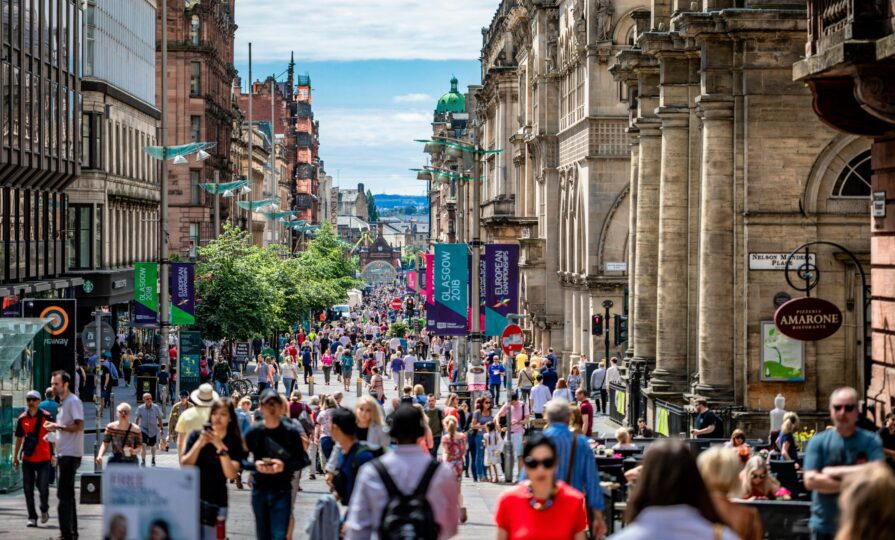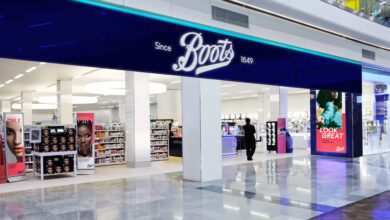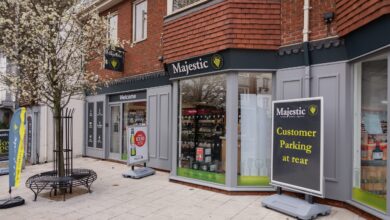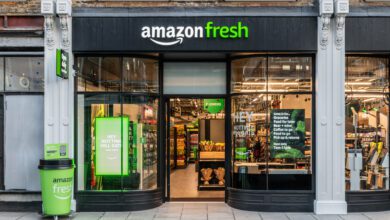UK retail footfall records first annual decline since 2019
High streets see sharpest monthly fall in over a decade as September figures signal return to pre-pandemic trends

Register to get 1 more free article
Reveal the article below by registering for our email newsletter.
Want unlimited access? View Plans
Already have an account? Sign in
Retail footfall across the UK fell by 0.2% year on year in September, the first annual decline since 2019, according to figures from MRI Software.
The data, covering the five-week period from 31 August to 4 October 2025, marks the sharpest month-on-month drop in activity since 2014.
The overall decline was driven by a 1.1% fall in high street visits, while shopping centres were down 0.2%. Retail parks bucked the trend, rising 1.9% year on year.
The figures indicate that retail activity is returning to pre-pandemic patterns, shaped once again by natural seasonality, weather and consumer sentiment.
Month on month, total footfall declined by 4.4%, reflecting the steepest September drop in more than a decade. High streets recorded the largest fall at 6.3%, followed by retail parks at 3.9% and shopping centres at 0.9%.
The decline aligns with typical September trends as schools reopen and post-summer routines resume, following a strong trading period earlier in the year.
Weekday visits rose 0.5% compared with last year, offsetting a 0.9% decline at weekends, reflecting the continued recovery of commuter-led activity.
In central London, MRI Software’s “Back to Office” benchmark fell 5.6% month on month, with early September activity hit by a post-holiday slowdown and the end of the month affected by Storm Amy. Despite this, footfall in the capital rose marginally by 0.1% year on year, indicating a gradual recovery in the city’s retail core.
Storm Amy, the first named storm of the season, brought widespread disruption in the final week of the reporting period, driving a 4.2% week-on-week fall in national footfall. High street visits dropped 14.7% on 3 and 4 October, while shopping centres and retail parks were less affected.
Consumer confidence weakened in September, falling two points to -19 following August’s interest rate rise. While overall spending remains subdued, the use of Buy Now, Pay Later (BNPL) services has increased, particularly among older shoppers, with adoption among 55–64-year-olds more than doubling over the past year.
MRI Software said that with weather volatility and tighter household budgets shaping the run-up to Christmas, agility in staffing, promotions and digital engagement will be key for retailers entering the Golden Quarter.







